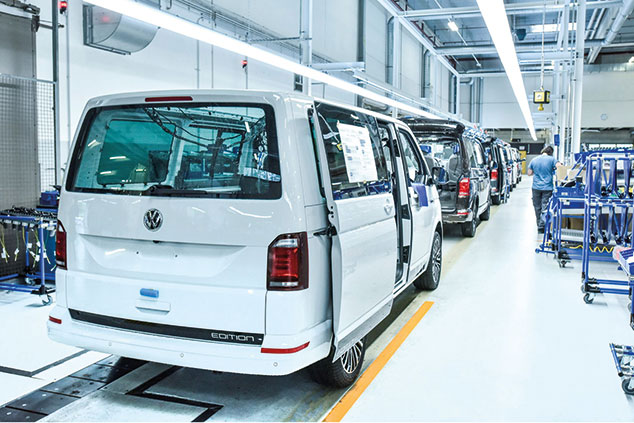
The holy grail for investors is a company that can keep expanding sales and earnings for years on end. A crucial driver of long-term growth is research and development (R&D), which determines how many new and improved products and services a company can come up with – and how fast – to maintain or enhance its competitive edge. R&D can give sales, profits and share prices an especially big boost if it leads to the creation of a ground-breaking and wildly popular offering; think what the iPhone did for Apple, or the Walkman for Sony.
Fortunately, there is a handy tool for investors to help them identify the companies that should be able to develop and refine their offerings and keep ahead of the game: the annual EU Industrial R&D Investment Scoreboard. The latest one was published a few days before Christmas. The scoreboard records and analyses the R&D and business performance of the top 2,500 R&D companies from all regions of the world, each of which invested at least €25m in R&D in the 2017/2018 financial year. Together these firms comprise 90% of global industry-funded R&D.
There are three main areas where the scoreboard’s findings are of interest to investors. These are the ranking of top R&D investors, along with any big changes in that ranking over time; which sectors and regions of the global economy most R&D takes place in; and the companies combining high R&D intensity (the ratio of R&D to sales, which shows how important R&D is as a growth driver) with strong sales increases.
We will look at each of these areas in turn, starting with the top R&D investors. Each year’s scoreboard lists the top 50 investors by total R&D and their rank changes. The top ten from the 2018 top 50 are shown in the table below.
The biggest spenders on research
All but one of the ten – carmaker Volkswagen – are from the high-tech industries of biopharma, software, or technology hardware. Within the top 50 firms there are six that have risen over 200 places in the rankings since 2004. These are Alphabet, Amazon and Facebook from the software sector, Huawei from technology hardware and Celgene and Gilead Sciences from biotechnology.
It is those three sectors that have been major growth areas in the 21st century and where many growth investors have identified successful companies that have proved to be excellent long-term investments. There are also companies that have fallen in the rankings or dropped out of the top 50 altogether. The 2004 top 50, for instance, included Canon, Hewlett Packard, Philips and Toshiba.
Subscribers can read it in the digital edition or app